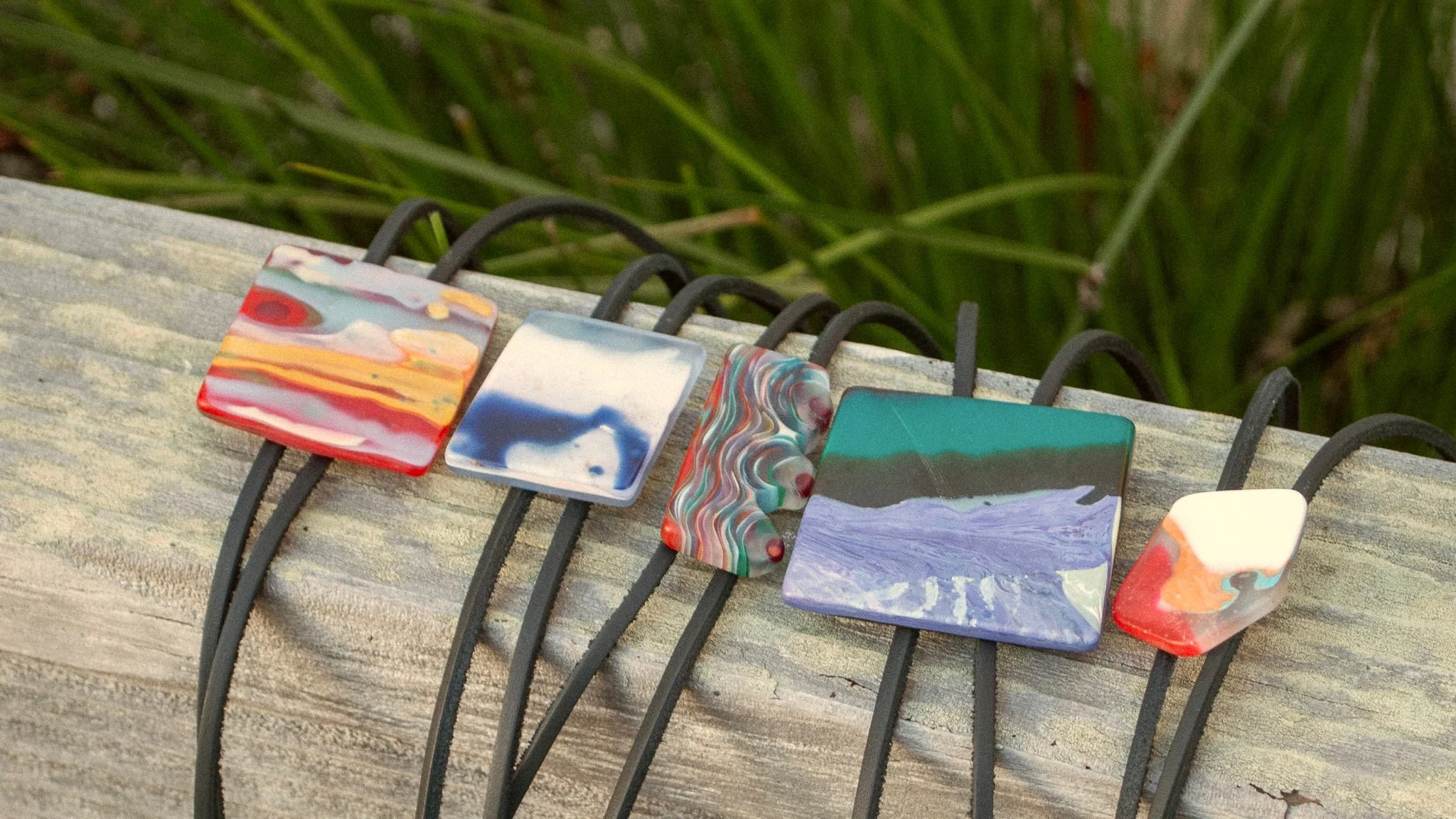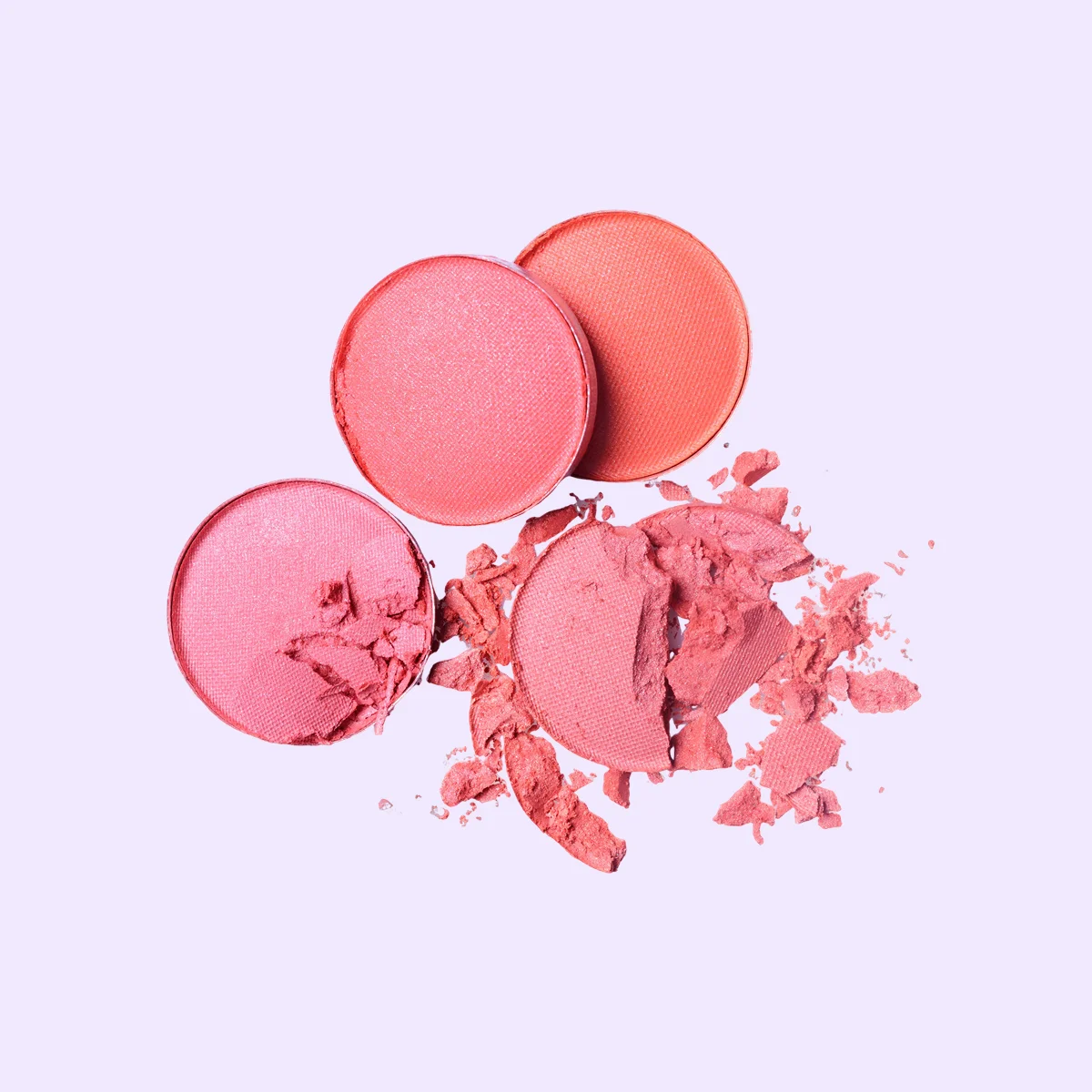Sweat Resistant Bolo Ties The Perfect Blend of Style, Durability, and Comfort

Bolo ties have made a major comeback in recent years. Once seen as a vintage Western accessory, they’re now popping up in fashion-forward circles, wedding parties, and even office wear. But one issue that many wearers face—especially in hot climates or during long hours of wear—is sweat. That’s where sweat resistant bolo ties come in. These aren’t just stylish—they’re smartly designed to tackle one of the biggest comfort killers in fashion.
In this article, we’ll dive deep into the world of sweat resistant bolo ties, explore how they’re different from traditional ones, and help you choose the right one whether you’re heading to a wedding in Texas or just want to level up your outfit with a touch of Western flair.
What Are Sweat Resistant Bolo Ties?
Let’s start with the basics: what exactly makes a bolo tie “sweat resistant”? And why does that matter?
The Traditional Bolo Tie—A Quick Overview
A bolo tie consists of a braided leather or cord string with decorative metal tips and a sliding clasp or ornament—often made from silver, turquoise, or other stones and metals. It originated in the American Southwest and is strongly tied to cowboy and Western heritage.
The problem is, many traditional bolo ties use untreated leather or metals that react to moisture—especially sweat. If you’ve ever worn one during a summer wedding or a country music festival, you know what we mean. The cord gets soggy, the clasp slips, or worse—it leaves a green or black mark on your shirt.
What Makes a Bolo Tie Sweat Resistant?
Sweat resistant bolo ties are engineered to avoid all those problems. Here’s how they do it:
- Treated or synthetic cords: Instead of rawhide or untreated leather, these ties often use coated leather, nylon, or waterproof synthetics that resist absorbing moisture.
- Non-corrosive metals: High-quality stainless steel, coated brass, or hypoallergenic alloys are used for the slide and tips, which prevents rust, tarnishing, and staining.
- Breathable design: Some newer designs use ventilated or mesh-backed clasps to reduce contact and airflow between your skin and the slide.
Why Should You Care?
Because comfort matters. Whether you’re rocking a bolo tie for style or for cultural pride, the last thing you want is to worry about sweat stains, rust marks, or a sticky, uncomfortable cord around your neck. Sweat resistant bolo ties take the headache out of wearing this classic accessory—so you can look sharp and feel fresh all day long.
The History of Bolo Ties and Why They’re Still Relevant
To truly appreciate the innovation behind sweat resistant bolo ties, it helps to know where they came from.
From Cowboys to Catwalks
Bolo ties trace their roots back to the mid-20th century American Southwest, particularly in states like Arizona, New Mexico, and Texas. Cowboys and Native American artisans were among the first to embrace the style, often using silver conchos or stones like turquoise as the centerpiece.
In 1971, Arizona made the bolo tie its official state neckwear, and others like New Mexico and Texas followed. For a while, bolo ties were largely regional or niche—something you’d see at a rodeo, country concert, or political campaign in the Southwest.
But today, they’ve gone global.
The Fashion Revival
Modern designers have picked up on the unique charm of bolo ties. They bring a touch of individuality and retro cool to otherwise standard looks. Paired with a button-down shirt or even a turtleneck, bolo ties can now be found on hipsters in Brooklyn, models in Paris, and grooms at boho weddings around the world.
And with their rising popularity comes a growing demand for more wearable, practical designs—which includes making them sweat resistant.
Tradition Meets Technology
The new wave of sweat resistant bolo ties doesn’t erase the old-school charm—they enhance it. Artisans are blending classic materials like turquoise and sterling silver with modern finishes and coatings. That means you can honor the roots of this iconic accessory without sacrificing comfort or durability.
Materials That Make the Difference
Not all bolo ties are created equal. When shopping for or customizing a sweat resistant bolo tie, materials matter a lot more than you might think.
Cord Material: Leather vs Synthetic
Leather cords are traditional, stylish, and age beautifully—but they’re not always sweat-friendly. Untreated leather absorbs moisture, which can lead to:
- Darkening or discoloration
- An unpleasant smell over time
- Stretching or warping of the cord
Sweat resistant cords, on the other hand, are usually made from:
- Coated leather: Has a waterproof finish to resist moisture absorption
- Nylon or polyester: Durable, flexible, and inherently sweat proof
- Paracord or braided synthetics: Strong, lightweight, and often used in outdoor gear for a reason
Clasp and Slide Material
The slide—the decorative centerpiece—sits right at the front of your chest and can be a hot zone for sweat buildup. That’s why material choice is critical here.
Avoid:
- Raw copper or cheap metals that can stain skin and fabric
- Uncoated brass or alloys that react with sweat and tarnish easily
Look for:
- Stainless steel: Rust-resistant and hypoallergenic
- Coated zinc or brass: Durable and less likely to oxidize
- Silver with anti-tarnish finish: Keeps the traditional look without the maintenance
- Ceramic, resin, or acrylic: Trendy, lightweight, and moisture resistant
Tip Material
The tips (also called aglets) at the end of the cords don’t usually touch skin—but they can transfer moisture from your neck to your shirt. Choose tips that are:
- Coated or stainless steel
- Plastic for casual designs
- Resin or sealed wood for something earthy and unique
Best Occasions to Wear Sweat Resistant Bolo Ties
One of the best things about sweat resistant bolo ties is how versatile they are. You’re not limited to cowboy-themed events or casual get-togethers. With the right design and materials, they work for almost any setting—even ones where sweating is likely.
Outdoor Weddings and Summer Events
There’s nothing worse than sweating through your suit at a wedding. A sweat resistant bolo tie is the perfect way to look stylish while staying cool—especially for rustic, Western, or bohemian-themed ceremonies.
Choose a bolo tie with:
- Breathable, moisture-wicking cord
- Lightweight resin or stone slide
- Neutral tones to complement formalwear
Music Festivals and Country Concerts
At a concert, you want to show off your personality—but also stay comfortable. A bolo tie adds just the right amount of edge and flair to your outfit, and if it’s sweat resistant, you won’t be constantly adjusting it during a hot day or a long night of dancing.
Business Casual Settings
Yes, bolo ties can be business appropriate—especially in industries where creativity or regional flair is appreciated (like media, design, or Southern-based firms). Sweat resistant designs with subtle clasps and clean finishes pair well with collared shirts and blazers.
How to Care for and Maintain a Sweat Resistant Bolo Tie
Even sweat resistant bolo ties need some care if you want them to last and look good over time.
Cleaning Tips
- Cord: Wipe down with a damp cloth after each wear. For synthetic cords, mild soap is okay.
- Clasp: Use a jewelry polishing cloth on metal slides. Avoid soaking in water.
- Tips: Gently clean with a soft brush if any dust or grime builds up.
Storage Suggestions
- Store your bolo tie in a cool, dry place—away from direct sunlight.
- Use a tie hanger or jewelry tray to keep it from tangling or getting crushed.
- If the tie has natural materials like turquoise or leather, avoid storing it in plastic bags where moisture could get trapped.
Where to Buy Sweat Resistant Bolo Ties
Ready to get one for yourself? Here are some of the best places to find sweat resistant bolo ties that combine function and fashion.
Online Retailers
- Etsy: Great for handmade, customizable pieces. Look for sellers that mention sweat resistance or coated materials.
- Amazon: Search for nylon cord or stainless steel bolo ties. Many brands highlight their sweat-proof properties.
- Specialty stores: Western wear shops like Sheplers or Boot Barn now carry updated bolo tie designs, some of which are made for long-lasting wear.
Local Artisans
If you live in the Southwest—or just want to support local artists—look for Native American or regional craftspeople. Many now offer modern, sweat resistant upgrades to traditional bolo designs.
Custom Orders
Some jewelers and leatherworkers will create a custom sweat resistant bolo tie tailored to your style, size, and needs. This is especially useful if you want something special for a wedding, anniversary, or personal brand.
Final Thoughts: Why Sweat Resistant Bolo Ties Deserve a Spot in Your Wardrobe
Let’s face it—bolo ties are no longer just a quirky throwback from cowboy culture. They’ve evolved into a flexible, fashionable statement piece. And with sweat resistant features, they’re more wearable than ever.
Whether you’re a style-savvy trendsetter, a groom looking for something different, or just someone who appreciates accessories that blend tradition with comfort—sweat resistant bolo ties are a smart choice.




